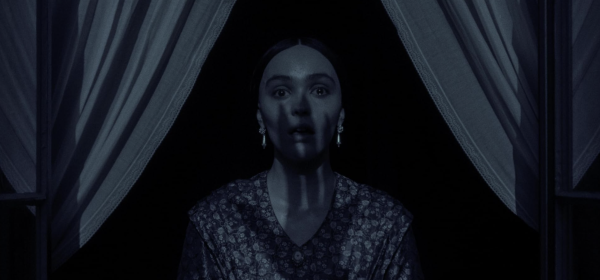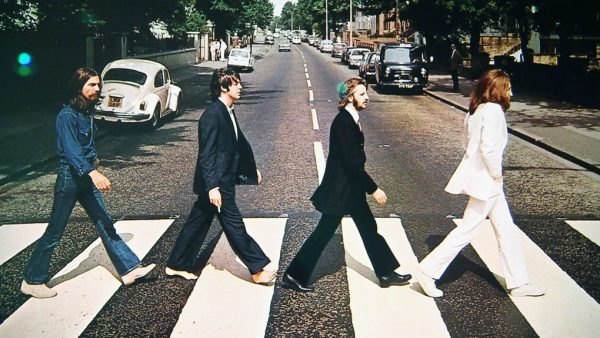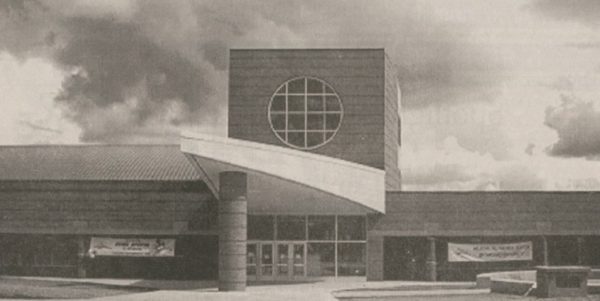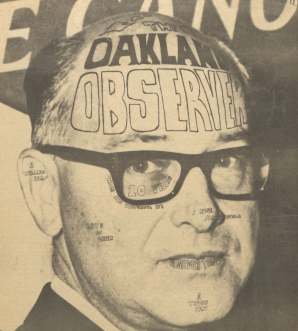Re-righting the wrong
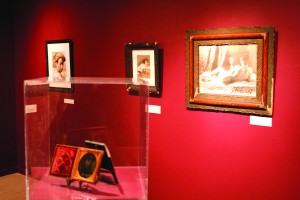
Grieg’s museum style
Each exhibition presented by Oakland University’s Art Gallery takes into consideration past exhibitions and crafts galleries to potentially change the consciousness of the onlooker in some way, said Professor Dick Goody, director of the OUAG and curator of the OU Art Collection.
OUAG’s current exhibition, “Cynthia Grieg: Subverting the (Un)Conventional,” challenges the mind and controversial conceptions through photography.
“Work that covers certain genres like gender, sexuality, identity, etc., may appear to be outwardly political in nature,” said Goody in his essay included in the exhibition catalog, “but in Grieg’s oeuvre, even when these things are present, even when they are dialectical, the personal takes precedence over the ontological.”
Grieg has been a working photographer and artist for over 20 years and has received national and international attention for her work. She has shown her pieces in galleries in Europe, New York and Boston, among others, but the exhibition featured at the OUAG is her first in Michigan.
Grieg creates bodies of work that have a finite time. She works on each body of work for several years, according to Goody.
All of Grieg’s photos are presented as taken and never manipulated.
Goody describes Grieg as a conceptual artist who uses photography as her means of communication.
Grieg targets commonalities of the past and presents photos to challenge what was considered normal in that period of time.
In a set of works titled “Reclining Nudes Revised,” Grieg switches the common gender of the portraits to convey the story of the history of paintings. The pieces convert the idea that nude photos depicted women exclusively in states of undress.
“The art world and art in general, historically, was by men, for men, to men,” Goody said. “She’s trying to re-right some wrongs.”
The segment of the collection deviates from the white cube of the gallery and creates a type of museum space, including objects encased in glass and a burgundy paint job on the walls.
Within these dark walls, Grieg presents a compilation of work by Isabelle Raymond. Raymond photographed slaves and African-American men being drawn by white women, as well as mythological creatures including mermen and satyrs.
“Her work is a little bit difficult; it doesn’t fit,” Goody said. “These photographs, I think a lot of people find them problematic. It’s meant to show you how much power women have now.”
Another set of work features photographs of plastic dolls, a work that Goody describes as “interesting, paradoxical, funny; strange because if they were people, (viewers) would have problems with it.”
Yet another follows an individual who lay down in the grass on a day in February and continued to do so for nine months, photographing each day. The piece examines the idea that nothing stays the same.
In addition to a chronological set of photographs from the work, Grieg produced a video featuring the progression of the images as well as clips of views from the sky and ground.
Goody said the exhibition is proving to be very successful, especially for teachers, since many of the works raise issues about how artists display work. The gallery explores what defines a museum and a gallery and considers issues of censorship and context in terms of presentation of contemporary art.
“It allows students to see artists working in installations,” Goody said. “You can see an artist grapple with lots of different issues of presentation, issues of expression, issues of autobiography and issues of how do you move from one language into another.”
Goody stresses the importance of gallery labels to help people understand the pieces within the exhibit. Goody says the intent of the labels is to explain, not preach and encourages viewers to take the time to read the literature.
The labels include information about the production of the piece as well as clips of the conversation between the artist and curator.
“Art is a two-way street,” Goody said. “The gallery has to put a lot of effort into communicating what this might be about, but the person that comes in has got to do some work as well. It’s not just about coming in here and looking at paintings of sunflowers; you have to engage the audience and the audience has to feel like they’re going to engage a work.”
Following the current exhibition, the OUAG will present “Borders and Frontiers: Globalization, Temporality and Appropriation in the Contemporary Image” from March 5 to April 10.
The exhibition features nine artists: several located in New York, one in Texas and one in Michigan. Goody said that while most of the time they show work from Michigan, there is an importance in showing pieces from other locations.
Grieg’s exhibit is open until Feb. 20 from noon to 5 p.m. on all days except Monday.
For more information on Grieg and OUAG’s coming and past exhibitions, visit www.ouartgallery.org



